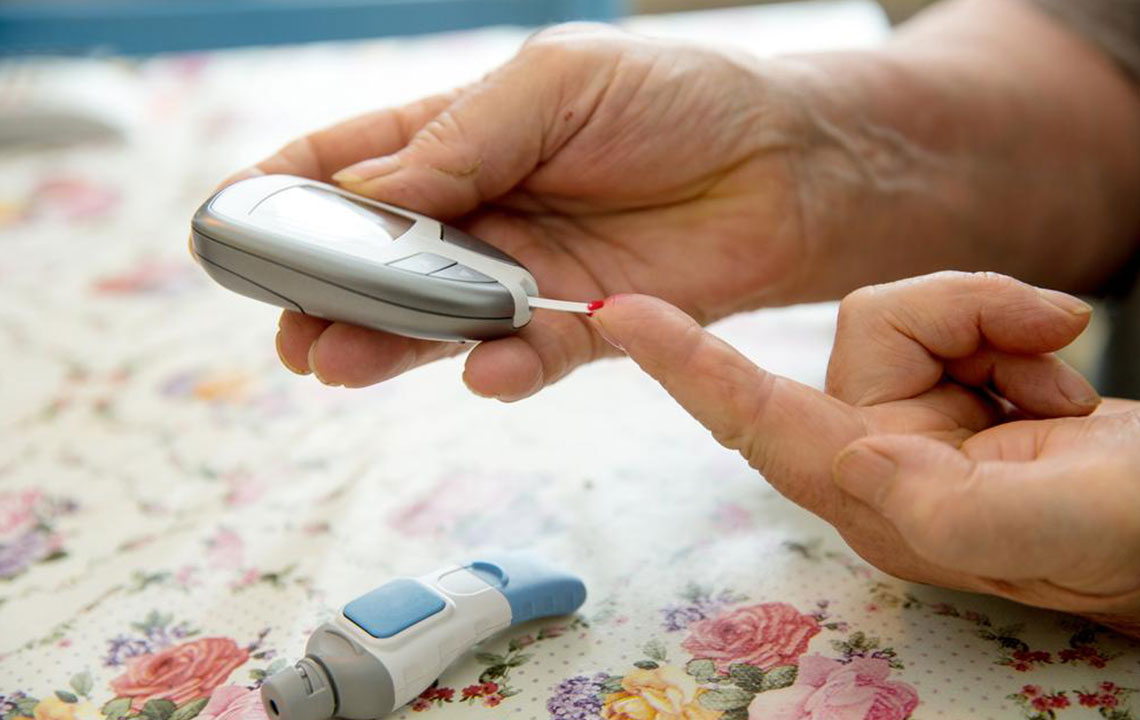Comprehensive Guide to Managing Type 2 Diabetes in Adults
Learn essential information about adult type 2 diabetes, its symptoms, treatment options, and lifestyle strategies. Understand how to manage blood sugar effectively through diet, medication, and exercise, enabling a healthier and balanced life despite the condition.

Understanding and Managing Adult-Onset Type 2 Diabetes
Type 2 diabetes is a persistent condition previously known as adult-onset or non-insulin-dependent diabetes. It disrupts how the body metabolizes glucose, or blood sugar, which is a vital energy source. In the United States, approximately 29.1 million individuals live with diabetes, with around 8.1 million unaware of their condition. Each year, this number grows by about 1.4 million, making it a major public health concern nationwide.
Insulin, a hormone produced by the body, helps regulate blood glucose levels by facilitating its entry into cells.
In adult type 2 diabetes, the body either produces inadequate insulin or resists insulin’s effects, leading to poor blood sugar control. Symptoms often develop gradually and can be overlooked initially. Key signs include frequent urination, increased hunger, unintended weight loss, fatigue, blurred vision, recurrent infections, slow-healing wounds, and darkened skin patches.
Managing blood sugar involves consistent monitoring and a balanced diet. Severe cases may require medication or insulin therapy. Treatments include Sulfonylureas, Meglitinides, Thiazolidinediones, DPP-4 inhibitors, GLP-1 receptor agonists, SGLT2 inhibitors, and insulin injections. Dietary adjustments focus on nutrient-rich foods, controlling carbohydrate intake, and reducing harmful fats and processed foods. Regular exercise further aids in managing the condition. Always consult your healthcare provider to tailor treatments and diet plans effectively. Lifestyle changes and medical intervention enable many to lead normal lives despite diagnosis.
Note: This article offers informational content and should not replace professional medical advice. Always seek guidance from qualified healthcare providers for diagnosis and treatment options.









